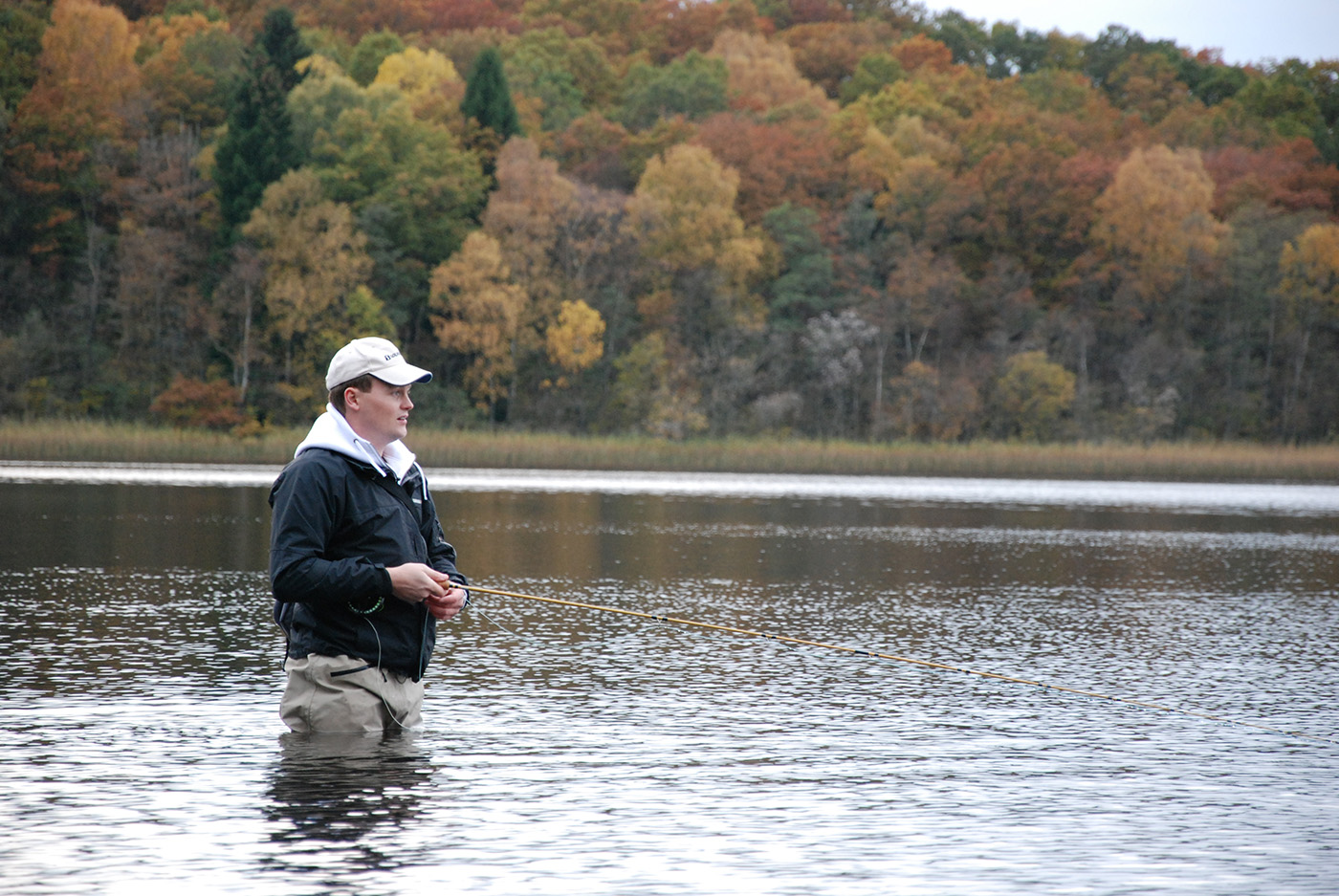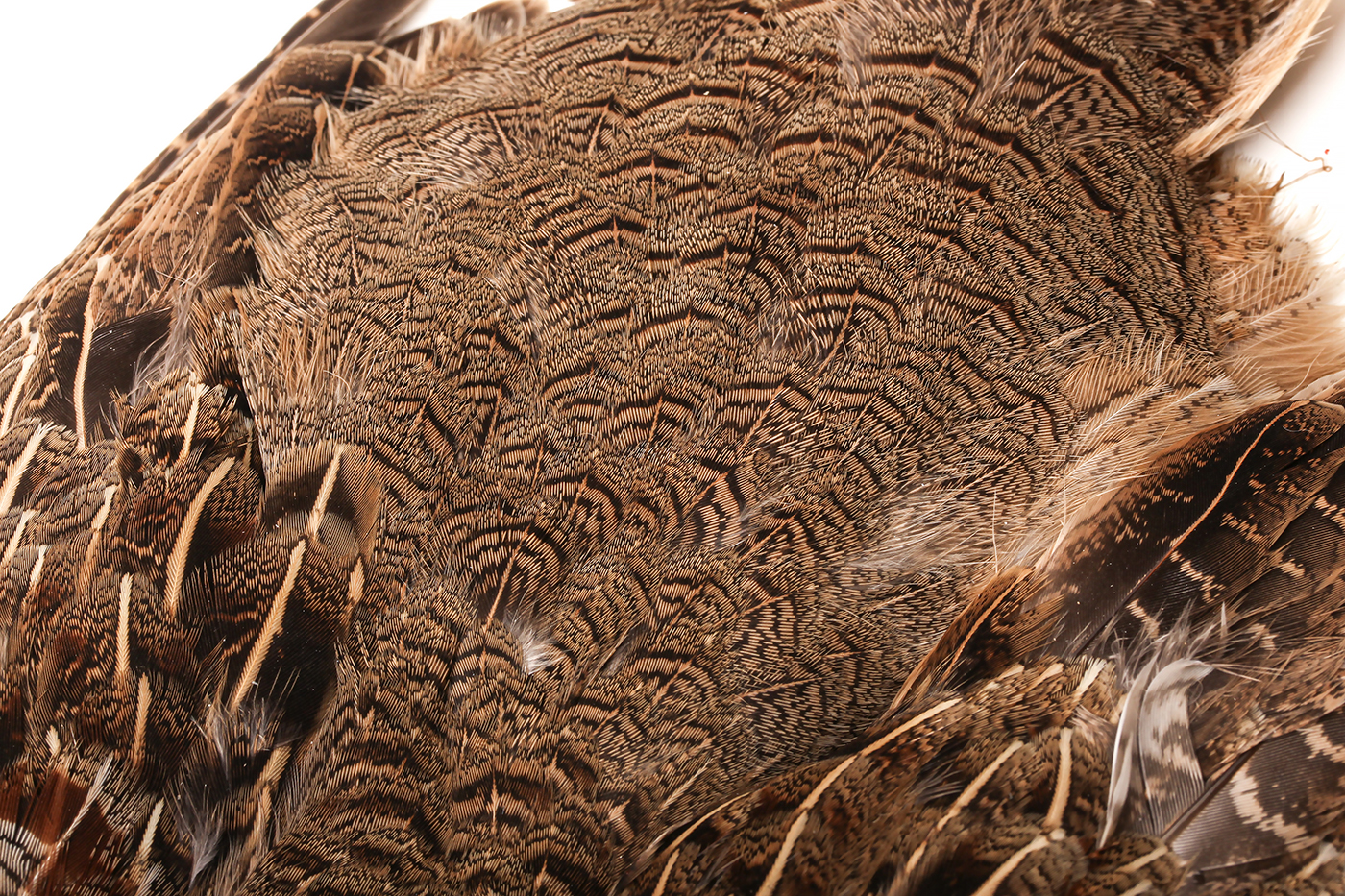
There are so many new and exciting flies to try, and many of them you discover in the most unexpected way. That is especially true if we as fly fishers and fly tiers are open to new ideas and think outside the (fly)box.
One of the innovative and very creative fly tiers out there is our friend Brian Ratcliff from England. Among all the flies he’s sent us, especially one pattern caught our attention a little bit more than the rest and we were curious how Brian fishes this fly and how it came about.
Continue reading “Old Man’s Earplug Daddy Muddler by Brian Ratcliff”









